Your class hierarchy looks like this:

Object x can be casted to class Y, if runtime type of x is subclass of Y. Or, in other words, if there is a path from runtime type of x to Y. By "runtime type" i mean the type of object (the one used when constructing object) as opposed to type of variable (the one from variable declaration).
This is valid:
b = new B();
(B)(I)b;
Object stored in b has type B. It's casted to I and then back to B. B is a subclass of both of them. Cast to I doesn't actually do anything and is meant only to confuse you.
However, neither of those is valid:
a = new A();
(B)(I)a;
(B)a;
They will both fail with exception: java.lang.ClassCastException: A cannot be cast to B. a has type A which is not a subclass of B. There is a relation between A and B, but it's in the opposite direction - B is a subclass of A.
For more detailed explanation see here: http://docs.oracle.com/javase/tutorial/java/IandI/subclasses.html

 is a type of
is a type of 